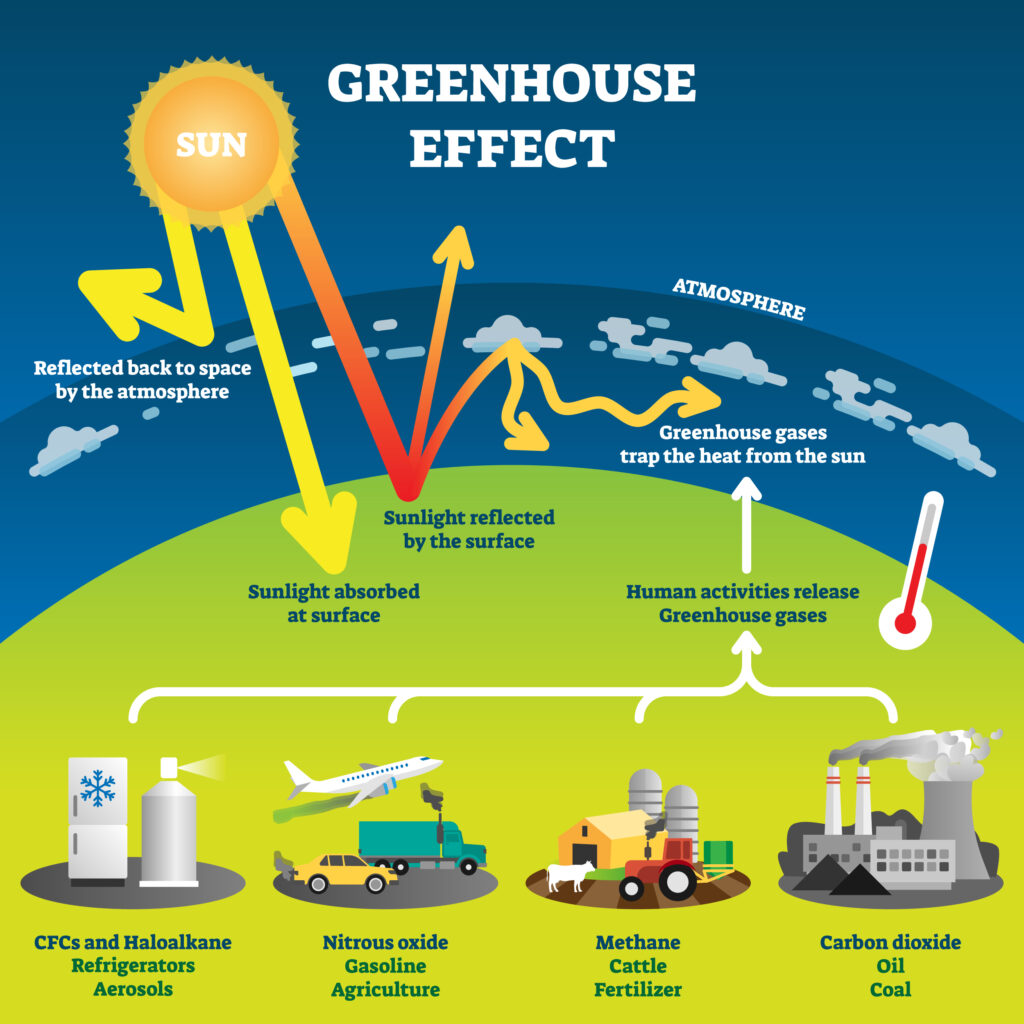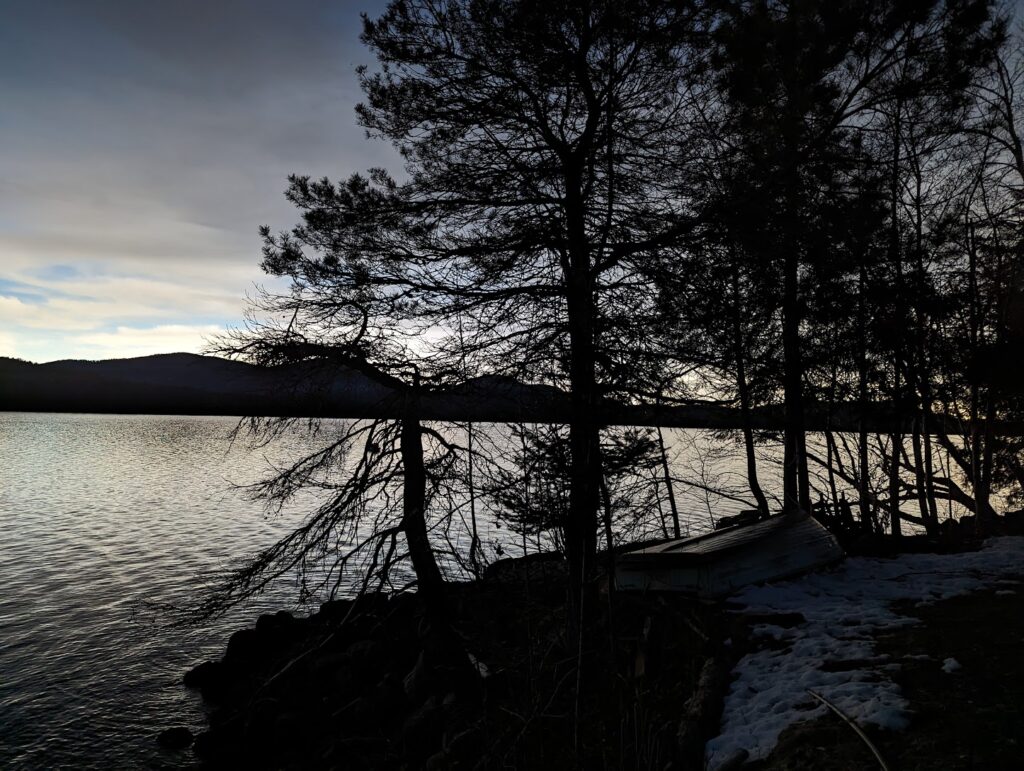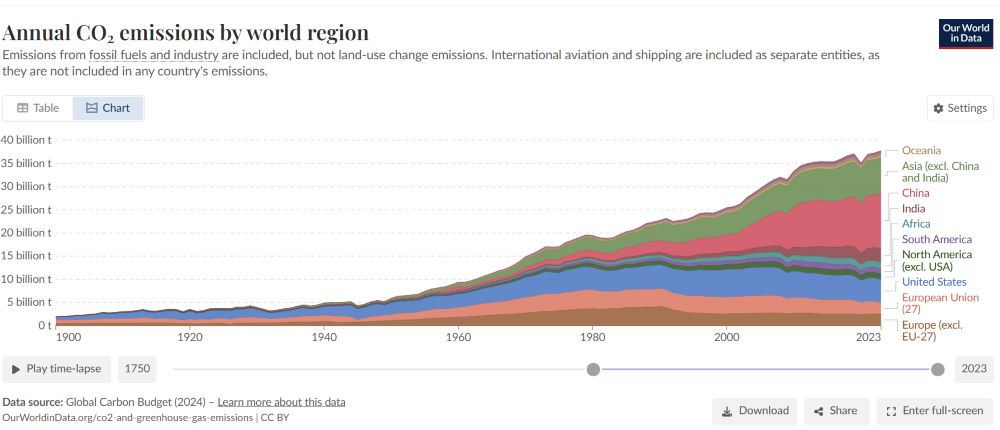Like millions of others, I watched the skies on April 8 during the total solar eclipse. I viewed the sights of “totality” from Indian Lake in New York’s North Country. This Adirondack Mountain region is a beautiful natural wonderland that I have visited since I was a child.
While Indian Lake was covered in nearly two feet of snow the week before, most of it had melted after heavy rains fell, followed by sunny, unseasonably warm days of April 7 and 8. While I wondered if the warmth was the result of climate change, some scientists wondered what impacts the eclipse itself might have on the environment.
As the newsletter, Inside Climate News reports, “Scientists Are Studying the Funky Environmental Impacts of Eclipses.” One focus of this study is how much solar power may be disrupted during an eclipse. The article notes, “Since the U.S.’s last total eclipse in 2017, solar installations in the country have increased threefold.” Given this change over the past seven years, we would expect the impact of the 2024 eclipse to be significantly greater.

So far, the results are not entirely clear, as the report explains: “While the overall impact has not yet been confirmed, losses were particularly high in Texas and ‘a swath of the middle of the country from Minnesota to Indiana to Louisiana,’ writes Matthew Zeitlin for Heatmap. To prevent widespread blackouts, grid operators likely filled in the gaps using hydropower and natural gas, according to Solcast, a solar forecasting company.”
This research is relevant not only to the rare event of a solar eclipse, but also to extreme weather events that climate change has made increasingly common. Cloudy storms and wildfire smoke can reduce solar power output by 50% or more for a longer period than an eclipse.
Greenhouse Gas Emissions Going Up Not Down
The New York Times Climate Forward newsletter was one of many environmental news sources reporting, “Three greenhouse gases, three all-time highs.” Those gases, carbon dioxide, methane and nitrous oxide trap heat in earth’s atmosphere, leading to the climate changes and extreme weather we see today.
The increase in all three greenhouse gases means we are not doing enough to curb, and eventually end, our reliance on fossil fuels that produce carbon dioxide, agricultural practices that produce methane and nitrous oxide, and aviation that also sends nitrous oxide into the atmosphere.
Two Years To Save Ourselves
This past week, global news services issued a warning with headlines like this one from Reuters: U.N. climate chief says two years to save the planet. Reuters reported, “Governments, business leaders and development banks have two years to take action to avert far worse climate change, the U.N.’s climate chief said on Wednesday, in a speech that warned global warming is slipping down politicians’ agendas. Simon Stiell, Executive Secretary of the United Nations Framework Convention on Climate Change said the next two years are ‘essential in saving our planet…We still have a chance to make greenhouse gas emissions tumble, with a new generation of national climate plans. But we need these stronger plans, now.”

Paths to Solutions
The steps we can take as individuals include protesting bad policies by government and bad actions by fossil fuel industries, voting for pro-environment candidates, and advocating for climate action at all levels of government and industry.
Meanwhile, researchers and entrepreneurs keep working toward solutions. Anthropocene Magazine explained one step that can help in its report, “To slash building emissions, biomaterials are our friends.”
The article notes that, “Buildings account for 40 percent of global energy demand and a third of all greenhouse gas emissions. In a new study published in Nature Communications, researchers from Switzerland take a deeper look at two common renovation strategies: changing the fossil fuel-based heating system and better building insulation. Their finding: switching to heat pumps or wood pellets, and the use of bio-based insulation materials such as straw or hemp could slash greenhouse gas emissions of buildings in Switzerland by up to 87 percent.”
Keep Calm & Carry On
In his newsletter, environmental activist Bill McKibben also issued a warning. “We’re going at less than half the pace we need to be going. And the growth in renewables is not evenly spread—outside of China, the developing world is getting a far-too-small share of this growth, lacking the investment necessary to drive rapid change. The list of political players blocking change is relatively small. A new report this week found over 70% of global CO2 emissions historically can be attributed to just 78 corporate and state producing entities.”
Bill McKibben’s final message?
“Don’t let yourself be overwhelmed with either optimism or pessimism. Keep fighting.”
– Bill McKibben, Author, The End of Nature










